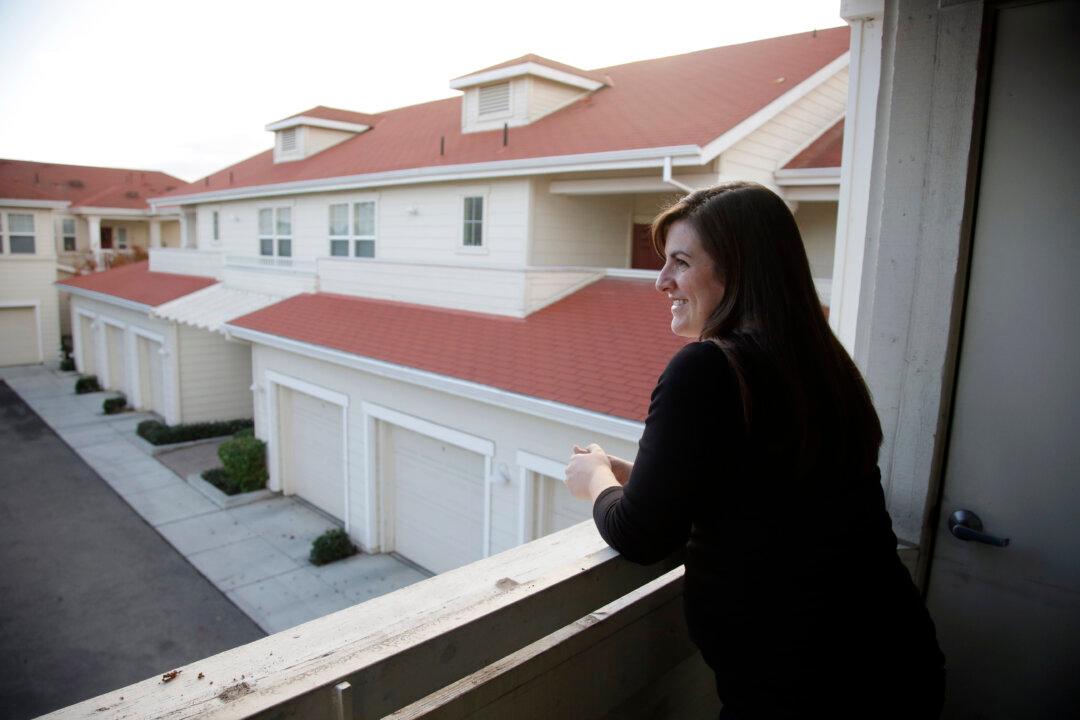In an effort to address a lack of housing that officials say has contributed to a shrinking teaching workforce, the California Department of Education is planning on converting undeveloped school lots into affordable housing.
State Supt. of Public Instruction Tony Thurmond announced July 30 in a press conference and a later statement, that the plan could potentially build 2.3 million new housing units on 75,000 acres of land owned by local educational agencies statewide.





